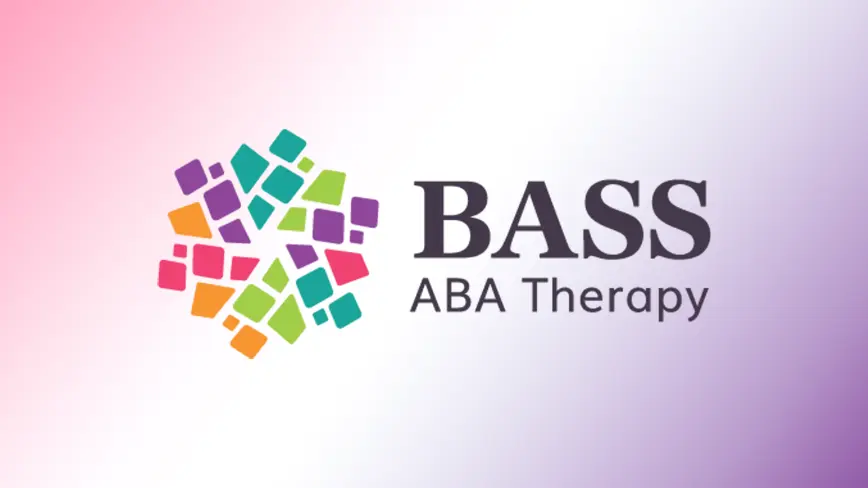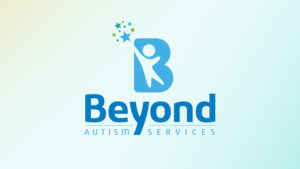The ABA field has dramatically changed over the past decade. The systems that once worked well enough for clinicians and organizational leaders are no longer keeping pace with the rising demands for quality care, documentation, payor compliance, and staff support. While DIY or homegrown EMR solutions may have offered flexibility and cost savings early on, they often fall short as practices grow and expectations mount. Let’s explore five reasons to reconsider a homegrown emr for small practice.
1. Manual Workflows Increase the Likelihood of Human Error
Homegrown systems typically rely on manual workflows and duplicate data entry. These processes can significantly increase the likelihood of human error. Mistakes in documentation, billing, and scheduling can have serious consequences for clients, staff, and the organization as a whole, including:
- Denied authorizations that delay or limit access to care
- Claim denials that harm financial health
- Missed or double-booked sessions, disrupting client care
- Increased administrative burdens on staff, contributing to burnout
- Failed audits, resulting in increased payor scrutiny, clawbacks, and other potential consequences
2. DIY Systems Limit Scalability
If you have plans to open new locations, offer new services, or expand your staff, DIY systems are unlikely to scale efficiently as you grow. Homegrown systems are usually built to meet the needs of a specific moment in time and often lack the flexibility to evolve. Even if you don’t have current plans to grow, it’s a good idea to think ahead and ensure your systems will be able to keep up with future growth.
According to CentralReach’s CanaryBI data, multidisciplinary services have seen a continued 30% Compound Annual Growth Rate (CAGR) since 2020. As more practices diversify their services, it’s become clear that having a scalable infrastructure is essential.
3. IT Becomes a Full-Time Job
Maintaining homegrown systems becomes increasingly complex, especially as the company grows. These systems often require frequent IT troubleshooting. Tech issues can become a part of the daily workflow, causing frustration and added work for staff, as they must create workarounds. This pulls clinicians and clinical leaders away from more pressing client care and staff needs.
4. Homegrown Systems Struggle to Adapt to Changing Conditions
Manual workflows are not able to easily adapt to shifting industry demands. Adaptability requires an agile infrastructure that can keep up with changes in payor requirements, clinical best practices, staffing changes, and other unexpected shifts. Homegrown systems are also not built with new and evolving technologies in mind. Technology within healthcare is rapidly expanding, with the creation of innovative tools, like AI session summaries and automated claim checks, to ease clinicians’ workload and increase compliance. Organizations using homegrown systems risk falling behind and losing their competitive edge.
5. High Risk of Non-Compliance
When leaning on disjointed, manual workflows, practices increase their risk of non-compliance with payors, laws, regulations, and the BACB. From missing documentation and inaccuracies in session notes to insufficient audit trails, the margin for error grows with manual processes. DIY systems lack built-in safeguards like automated compliance checks, EVV, supervision tracking, and robust reporting.
Posted in Clinical, Practice Management
You may also like...
Related information and stories
How Beyond Autism Services Strengthened Financial Stability with Advanced Business Insights
Beyond Autism Services, a BHCOE-accredited multidisciplinary organization, is devoted to delivering the highest quality ABA, speech, and occupational therapies. For the team behind this mission, one thing became clear-clinical excellence…
Continue ReadingFrom Stress to Stability: How Ocean Front Transformed Billing to Boost Revenue, Speed Up Payments, and Lighten Staff Workload
As President and Founder of Ocean Front Counseling, Dr. Sharon Willey-Spurrier, Psy. D., BCBA, LBA, has been instrumental in expanding services for children and adults with autism and IDD across…
Continue ReadingWhat Features Should I Look for in Behavioral Analysis Software for Autism?
As the demand for quality autism care skyrockets, the need for reliable software to support clinicians and ABA organizations has never been clearer. Managing treatment plans, monitoring progress, and ensuring…
Continue Reading






